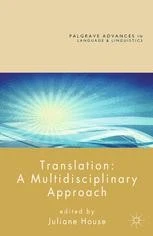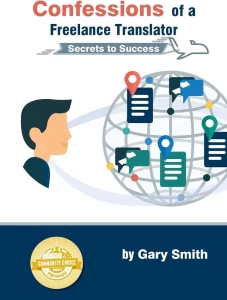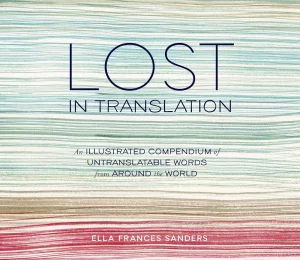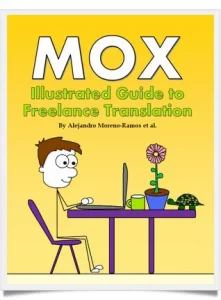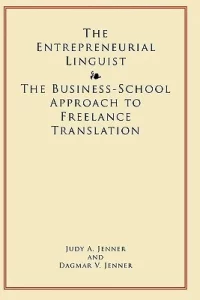The Future of Language Translation: Emerging Roles and Trends in Language Translation Services
Posted on:
Language translation services are undergoing a quiet but profound transformation. What was once viewed primarily as a behind-the-scenes activity like converting text from one language to another has now turned into a complex, multi-disciplinary ecosystem powered by knowledge, technology and creativity.
For translators, interpreters, and language professionals, this is not a threat but an opportunity. New roles are surfacing, demand is shifting and skills that combine human empathy with technical finesse are more valuable than ever.
Let’s explore some of the fastest-growing roles in the translation industry and what they mean for the future of the language services.
1. Localization Specialists
Translation gets the words right. Localization gets the message right.
Localization professionals don’t just translate, they transform. Their jos revolves around making sure that the content is appropriate for specific culture, regions and legal environments. Think of them as the cultural experts. They handle everything from website copy, and mobile apps to video games and e-learning content.
This role is in demand, particularly in industries that scale globally such as e-commerce, gaming and entertainment. It demands both linguistic fluency and an intimate understanding of regional customs, humor, idioms and regulations.
In short: it’s where language meets user experience.
2. Transcreators
Some messages can’t be translated, they have to be reborn in another language.
That’s the job of transcreators. They are commonly hired by advertising agencies, global brands, and creative studios. Transcreators blend translation with copywriting. They ensure marketing campaigns, taglines, social media posts, and brand stories retain their emotional and persuasive power across languages.
This isn’t just about linguistic skill, this is about storytelling. Transcreation roles are among the highest paid in the industry because they require empathy, cultural literacy, and creative spark.
3. Subtitlers and Audiovisual Translators
With the rise of global content platforms like Netflix, Disney+ and YouTube, the demand for subtitling and audiovisual translation has skyrocketed.
But this is no simple task. Subtitlers must match text to timing, lip movement, reading speed and cultural sensitivity. It’s a craft that blends language with technology, and for those who enjoy film, TV, and media, it offers a rewarding career path with global impact.
The same goes for voice-over translation and dubbing, which are now seeing a new light thanks to AI-enhanced production workflows and the need for high-quality multilingual accessibility.
4. Quality Assurance and Language Leads
As translation teams grow, maintaining quality becomes a job itself.
Enter the QA managers, language leads, and linguistic reviewers. These professionals oversee terminology consistency, enforce style guides, and spot errors before they go live. They often act as bridges between translators and project managers, combining an eye for detail with leadership skills.
This role is especially critical in regulated industries such as healthcare, finance, and legal, where mistakes are costly.
5. Terminologists and Technical Writers
Finally, we’re seeing increased demand for terminologists and technical writers especially in sectors where precision is non-negotiable.
Terminologists develop termbases and manage specialized vocabularies across projects and languages, Meanwhile, technical writers create documentation, manuals, specifications, and knowledge bases for products and services that often span multiple markets.
These professionals often work closely with subject-matter experts, engineers and compliance teams. Their goal is to make the complicated feel simple and universally understandable.
The lines between translator, writer, designer, and technologists are blurring. What’s emerging is a new kind of language professional: one who is comfortable in working in a CAT tool as they are brainstorming creative copy; who understands the subtleties of language and the constraints of user interfaces; who brings both precision and heart to their work.
For linguists ready to evolve, the future is bright and multilingual.



